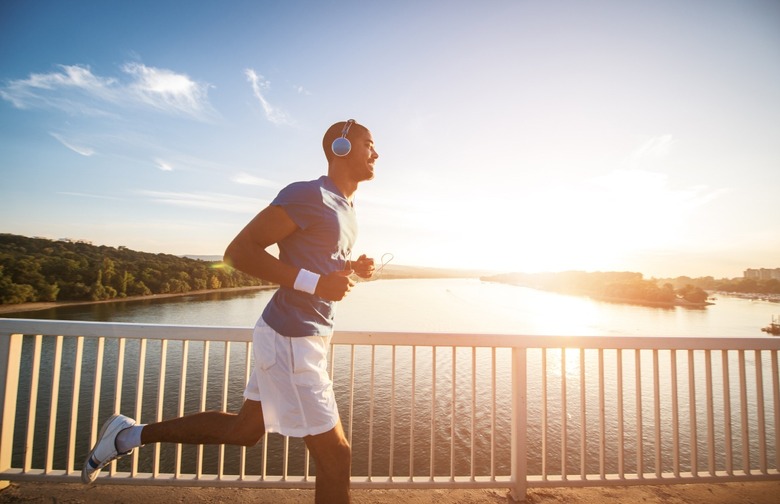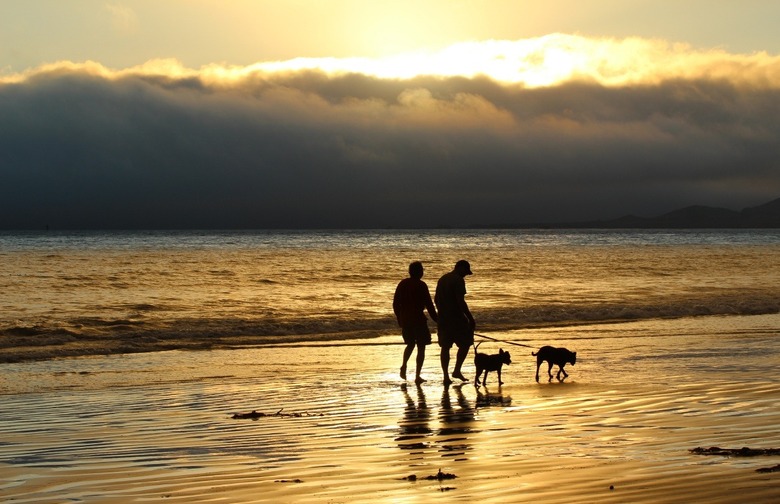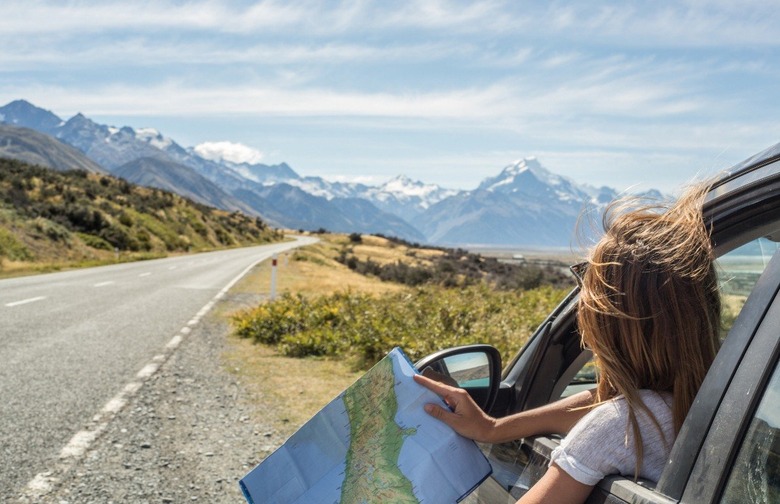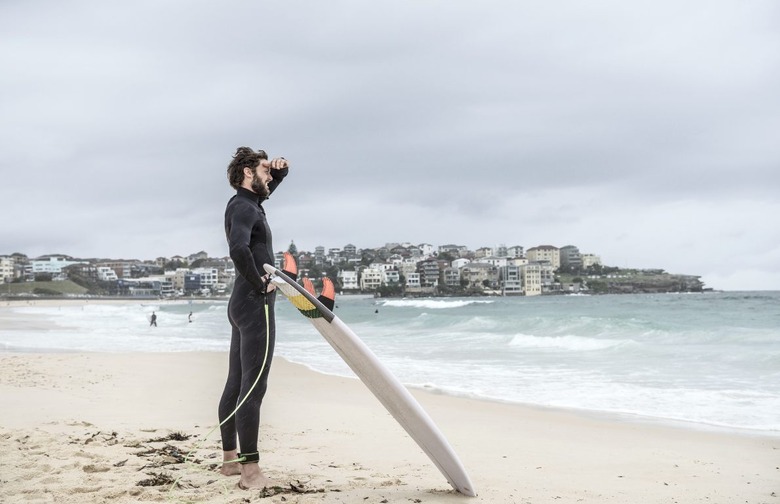10 Times You Forgot To Wear Sunblock Slideshow
Sunburns not only leave your skin an unappealing shade of red, they also exponentially increase your likelihood of melanoma. Despite the dangers of sunburns over time, many still neglect to apply (and reapply) sunblock when going to the beach, the pool, and the park. But those slip-ups aren't from lack of awareness: Everyone knows they should be wearing sunscreen on those occasions. They're just neglecting to do it anyway.
But did you know there are times when you really should really be wearing sunscreen but weren't even aware? These tips aren't for other obvious occasions, such as when you're going on a hike or when you're underwater — although by now, you should know to slather up then, too. We want to reveal to you all of the times when the sun's rays are bombarding your skin and you're not even paying attention.
Many dermatologists recommend wearing sunscreen all day, 24/7. However, for most, that isn't realistic. If you're being choosy about when to apply, consider adding a layer or two on these 10 unexpected occasions.
A morning run
At 6 a.m., your brain is still waiting to wake up — but the sun is waiting for no one. Regardless of how tired or groggy you are before heading out the door, make sure you apply your sunblock. A clear summer morning is ideal for more than just the temperature of your run. It's ideal for sunburns, too!
At the office
Even though your office may be indoors, you could be at risk for a burn or at the least some sun damage. UV rays penetrate through most windows. Especially if you're seated by a window, make sure you protect your skin.
Drinking outside
Experts have insisted that drinkers have a 20 percent greater risk of melanoma than non-drinkers. Additionally, alcohol reduces your brain's focus on the consequences of your actions. Less likely to remember the danger and more likely to experience the adverse effects, you're at risk when you're sipping outside.
Late in the day
Your sunscreen wears off over time — that's why it's recommended that you reapply every two hours to protect from a burn. But just because it's recommended doesn't mean people do it. In fact, many consumers apply in the morning and then neglect to reapply throughout the day. That makes dusk, the hours where the sun is still shining but it's nearly dark, one of the most vulnerable times of day for damage.
Long car rides
Just like your window at the office, your car window is equally ineffective at filtering the sun's rays. Surrounded by windows on all sides, you're at risk while seated in your car. Bring a tube of sunblock with you on the road so you can reapply as needed.
Shopping trips
Many people think of shopping trips as an indoor activity. However, many stores have entrances located outside and are surrounded by vast, scorching parking lots. Protect your skin during these precious minutes of exposure by applying before you hit the mall.
Well before you leave the house
Many people don't know this, but sunblock takes 15 minutes to sink in before it starts working most effectively. According to Dr. John Wolf, chairman of the Department of Dermatology at the Baylor College of Medicine, waiting 15 minutes "allows it to bind to the stratum corneum, the outer layer of the skin. Once it's bound there, it's going to last longer and be harder for it to get rubbed off or washed away."
So putting on a layer right before you head out or enter the pool is less effective compared to planning a little further ahead.
When it’s cloudy outside
According to The American Academy of Dermatologists (AAD), up to 80 percent of the sun's UV rays can pass through clouds. The UV rays are doing the real and lasting damage to your skin, so don't think you can skip sunscreen just because the day looks gloomy.
When you’re wearing long sleeves
Unless you're wearing specially made sun protection clothing, your long sleeves aren't doing much good. According to the Skin Cancer Foundation, "Under a microscope, we can see lots of spaces between the fibers; UV can pass directly through these holes to reach the skin." The best way to truly block the rays is — you guessed it — sunblock.
Winter
Like Bruce E. Katz, the director of JUVA Skin and Laser Center in New York, told The Huffington Post, "UVA radiation reaches deeper into the skin and contributes to wrinkles and skin cancer risk." And those rays don't go away in the winter. In some cases, such as when the rays reflect off of white snow, your exposure to UV rays can actually be greater than when you're standing under the summer sun.










